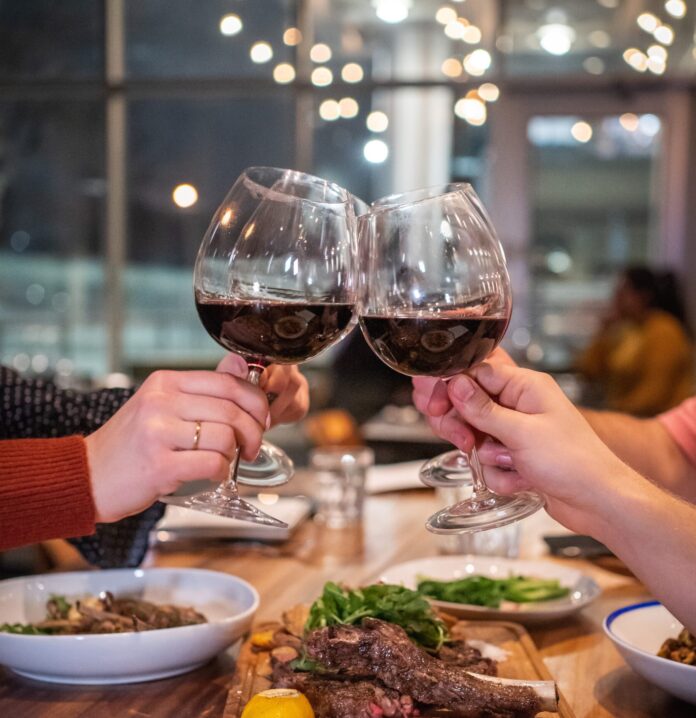There’s so much about Europe that makes it a wonderful destination for travelers of all types—the history, culture, and natural features, for example. Regardless of what you’re interested in, however, we’ve all got to eat, and Europe is home to some of the most delicious and high-quality food in the world. Mealtime in Europe is about much more than just ingredients; it’s an integral part of most countries’ cultures and often defined by unique rituals and customs. If you’re thinking about taking a trip to Europe, read on to learn more about a few European eating customs that may surprise you.
Slow Dining in Spain
In Spain, mealtime is an unhurried affair. People eat slowly, savoring every bite and enjoying the company of fellow diners. Spaniards also tend to linger at the table after a meal to chat and sip coffee or liqueur. This practice is referred to as “sobremesa,” which literally translates to “upon the table.” Meals can easily last for an hour to an hour and a half or more.
French Etiquette
Whether you’re having lunch at a café or a gourmet meal at a 5-star restaurant, etiquette goes a long way in France. Keep your hands, but not your elbows, on the table at all times, and resist the urge to start eating before the host says “bon appétit.” It’s also worth noting that, in France, bread is not an appetizer but an accompaniment to the meal. Break off small pieces and place them on the tablecloth. Avoid putting bread directly on your plate.
Family-Style in Italy
When dining in Italy, you’ll often encounter the concept of “famiglia”. Italians value communal eating, with large plates of food placed at the center of the table for everyone to share. It’s customary to taste a bit of everything, and don’t be surprised if second helpings are encouraged.

